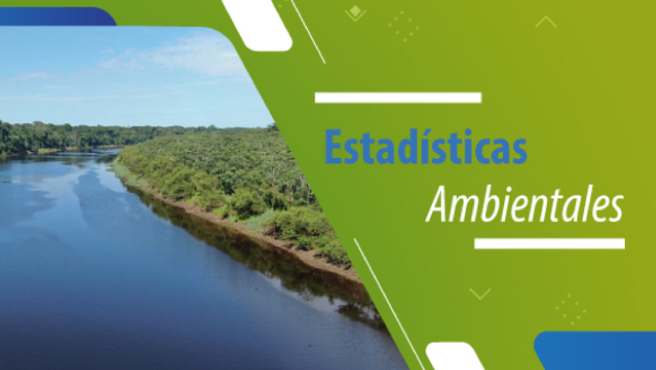Production of potable water in Lima Metropolitan area reached almost 65 million of cubic meters in the month of November 2024
Nota de prensa
26 de December de 2024 - 8:44 a. m.
The National Institute of Statistics and Informatics (INEI) informed that according with the information provided by the National Service of Potable Water and Sewerage Service of Lima (SEDAPAL), during the month of November of 2024, the production of potable water in Lima Metropolitan area totalized 64 million 945 thousand cubic meters, which represented a slight increase of 0.04% compared to the same month of 2023.
It increases the flow of Rimac River
During the month under analysis and according to the National Service of Meteorology and Hydrology (SENAMHI), the flow of the Rimac River totalized 23,60 m3/s, a greater amount in 23.6% and 0.3% compared to the month of November of 2023 and to its historic average, respectively.
In the technical report Environmental Statistics also stated that the flow of the Chillon River reached 2.58 m3/s, which meant a reduction of 12.2% and 23.4% compared to the month of November of 2023 and to its historic average, respectively.
It decreases the flow of the North and Center Pacific rivers
In November of 2024, the flow of the Center Pacific rivers showed reduction; therefore, the Mala River reached 5,91 m3/s which represented a decrease of 18.7% compared to the month of November of 2023; nevertheless, it increased in 24.7% compared to its historic average. The flow of the Chancay – Huaral River (9,80 m3/s) decreased 28.2% compared to the month of November of the last year; however, it grew in 32.8% compared to its historic average.
On the case of the rivers of the North Pacific slope, the flow of the Chira River reached 2,26 m3/s which represented a decrease of 95.8% and 93.4% compared to the same month of 2023 and compared to its historic average, respectively; the Tumbes River (13,81 m3/s) reduced in 32.8% and 22.8% compared to the same month of 2023 and to its historic average, respectively. Meanwhile, the flow of the Jequetepeque River (1,06 m3/s) decreased in 89.8% and 91.1% compared to the month of November of 2023 and to its historic average, respectively.
On the other hand, the Calvas River (4,96 m3/s) increased in 213.9% compared to the month of November of 2023; nevertheless, it reduced in 70.1% compared to its historic average.
Tacna, Puno and Arequipa registered the lowest temperatures
During the month of November of 2024 and according to the monitoring of 15 SENAMHI stations, the lowest temperatures were registered in the stations placed in the departments of Tacna, Puno y Arequipa.
In the department of Tacna, in the stations of Chuapalca (-13.5 °C) and Bocatoma (-6.2 °C); in Puno in the stations of Mazo Cruz (-11.6 °C), Crucero Alto (-8.6 °C), Ananea (-7.8 °C), Santa Rosa (-5.2 °C), Cojata (-3.2 °C) and Macusani (-2.0 °C); an in the department of Arequipa, in the stations of Imata (-11.6 °C), Pillones (-11.2 °C) and Salinas (-9.0 °C).
In addition, there were registered low temperatures in the departments of: Junín, in the station of Laive (-4.7 °C) and La Oroya (-0.0 °C); and in Pasco and in Cerro de Pasco (-0.4 °C).
Emergencies at national level increased 55.5%
During the month of November of 2024 and according to the information of the National Institute of Civil Defense (INDECI) there were registered 681 emergencies at national level, which meant an increase of 55.5% compared to the same month of 2023. The emergencies left 3,407 affected people, 6,170 affected households, 234 households destroyed and 7,758 hectares of crops destroyed.
The greater quantity of emergencies were registered in Cusco (98); Huancavelica (75); Cajamarca (74); Huánuco (56); Amazonas (41); Apurímac and San Martín (40 each one); Piura (34); Ancash, Ayacucho and Lima (32 each one); Puno (26); Ucayali (22); Pasco (16); Junín (14); La Libertad (12); Arequipa (11); Loreto (7); Ica (4); Lambayeque, Tacna and Tumbes (3 each one); Callao, Madre de Dios and Moquegua (2 each one).
The emergencies were mainly caused by: heavy rains (203); strong winds (152); urban and industrial fires (117); forest fires (82); low temperatures (28); flood (27); landslide (20); collapse of hill (16); drought (13); electrical storm (8); huayco, pollution and transportation accident (3 in each case); erosion and earthquake (2 in each case); and avalanche and pests (1 in each case).